Moving in Sync: How Brains Connect During Collaborative Ping Pong - A fNIRS Study
As it is portable, less prone to motion artifacts and easy to use, fNIRS can be used in a huge range of experiments, also involving movement, for instance to assess neural activity in sports science or hyperscanning studies. In case of the latter, brain activity of multiple subjects is measured simultaneously, to study inter-brain connectivity during social interactions.
This blog post, which is the first part of a series on hyperscanning during a cooperative ping-pong challenge, aims at giving a general introduction on how to use fNIRS during hyperscanning experiments involving movement.
Functional Near-Infrared Spectroscopy (fNIRS) non-invasively measures relative concentration changes in oxygenated and deoxyenated hemoglobin, which reflect neural activity in cortical brain areas. In comparison to other neuroimaging modalities, fNIRS is relatively easy to use and set up, accessible, and portable. The latter was improved during the last years with further technical developments, leading to increased freedom and allowing for the movement of participants. Additionally, when compared to other modalities such as EEG and fMRI, fNIRS is relatively insensitive to motion artifacts. Taken together, fNIRS is an ideal neuroimaging technology for studies that are conducted outside of typical lab settings and involve movement, for instance in psychology, neuroscience or sports science, to improve the ecological validity of research.
Next to its advantage of being used during movement, fNIRS can also be applied to multiple subjects simultaneously. This enables its use during hyperscanning, measuring two or more subjects at the same time during social interaction and/or cognitive tasks. In hyperscanning experiments, inter-brain synchrony (IBS) is assessed, which gives information about the degree of synchronization between participants’ brains. Measuring IBS can be used as a more objective tool to study collaborative performance compared to currently applied methods, such as surveys [1,2]. Hence, in recent years, fNIRS hyperscanning was increasingly employed to investigate collaboration in many different applications, for instance in educational or professional teamwork [1,2,3].
We performed a mini in-house hyperscanning study aiming to, first, investigate the usage of fNIRS during research that involves movement and second, assess the feasibility of our devices to be used during collaborative hyperscanning experiments. In this block-design experiment called the “ping-pong challenge”, participants performed a collaborative Dual-Task in pairs of two. During the experiment, the Brite Frontal was applied to both subjects to simultaneously measure prefrontal brain activity.
Watch our new video to learn more about the ping-pong challenge study using fNIRS during (hyperscanning) experiments that involve movement.
In further blog post parts, the methods of study design, data acquisition, and (basic) data analysis for the ping-pong challenge study will further be elaborated.
Suggested Literature
[1] Wang Y, Dong Y, Leuk JSP, Zhai X, Xu C, Fu Y, Teo WP. The Role of Functional Near-Infrared Spectroscopy in Collaborative Research: A systematic Review. Educ Psychol Rev 36, 1 (2024).
[2] Shih YT, Wang L, Wong CHY, Sin ELL, Rauterberg M, Yuan Z, Chang L. The Effects of Distancing Design Collaboration Necessitated by COVID-19 on Brain Synchrony in Teams Compared to Co-Located Design Collaboration: A Preliminary Study. Brain Sci. 2024 14,60.
[3] Song W, Zhou X, Jiang Z, Li Y, Wang F, Chen J, Zhou X, Lin Y. The performance difference of interdisciplinary teams in the field specific and general innovation tasks. ISCTA 2022. Vol. 1 No. 3
[4] Czeszumski A, Eustergerling S, Lang A, Menrath D, Gerstenberger M, Schuberth S, Schreiber F, Rendon ZZ, König P. Hyperscanning: A Valid Method to Study Neural Inter-brain Underpinnings of Social Interaction. Front Hum Neurosci. 2020 Feb 28;14:39.
Would you like to learn more about hyperscanning or using fNIRS during movement?
Reach out to us at askforinfo@artinis.com.


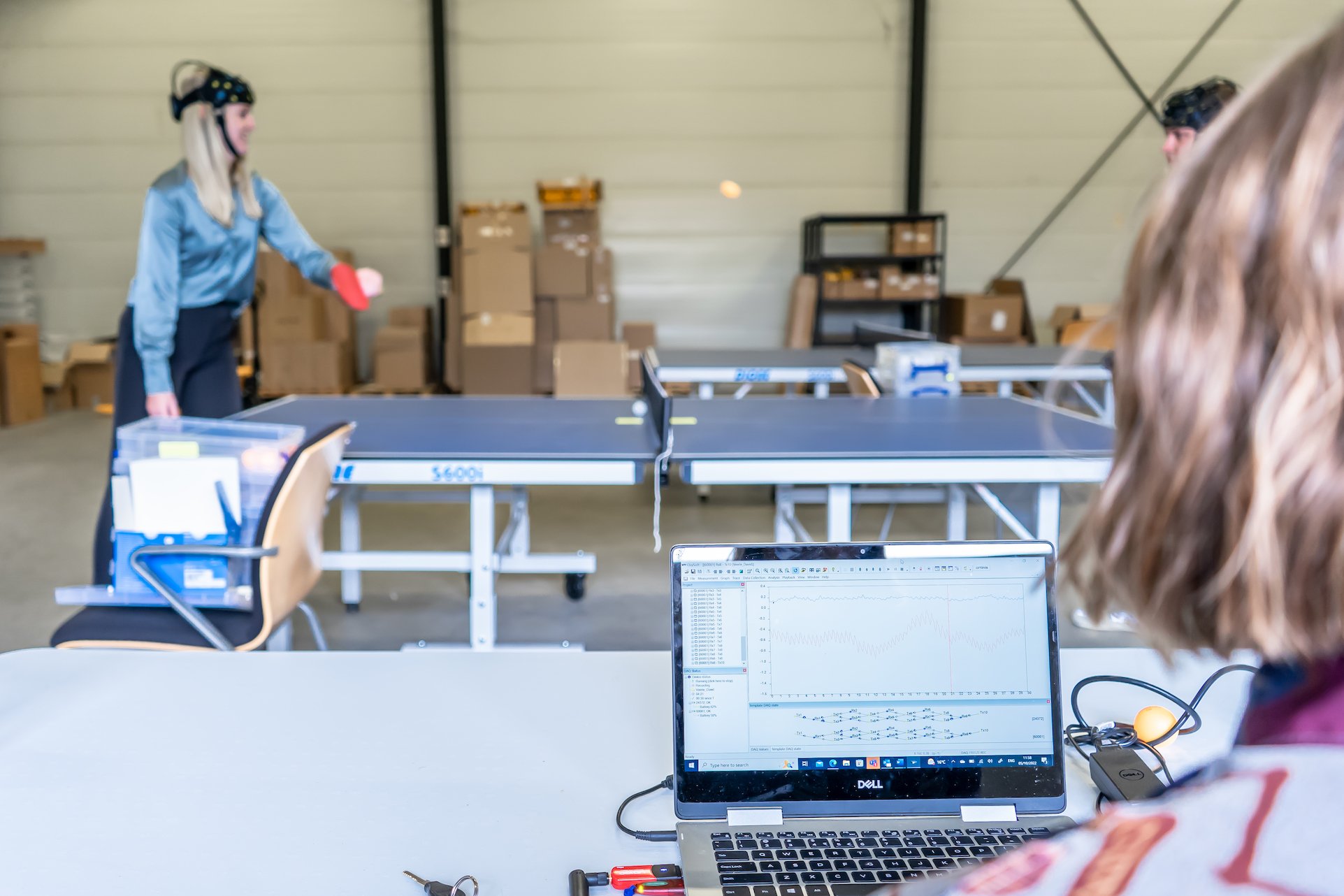
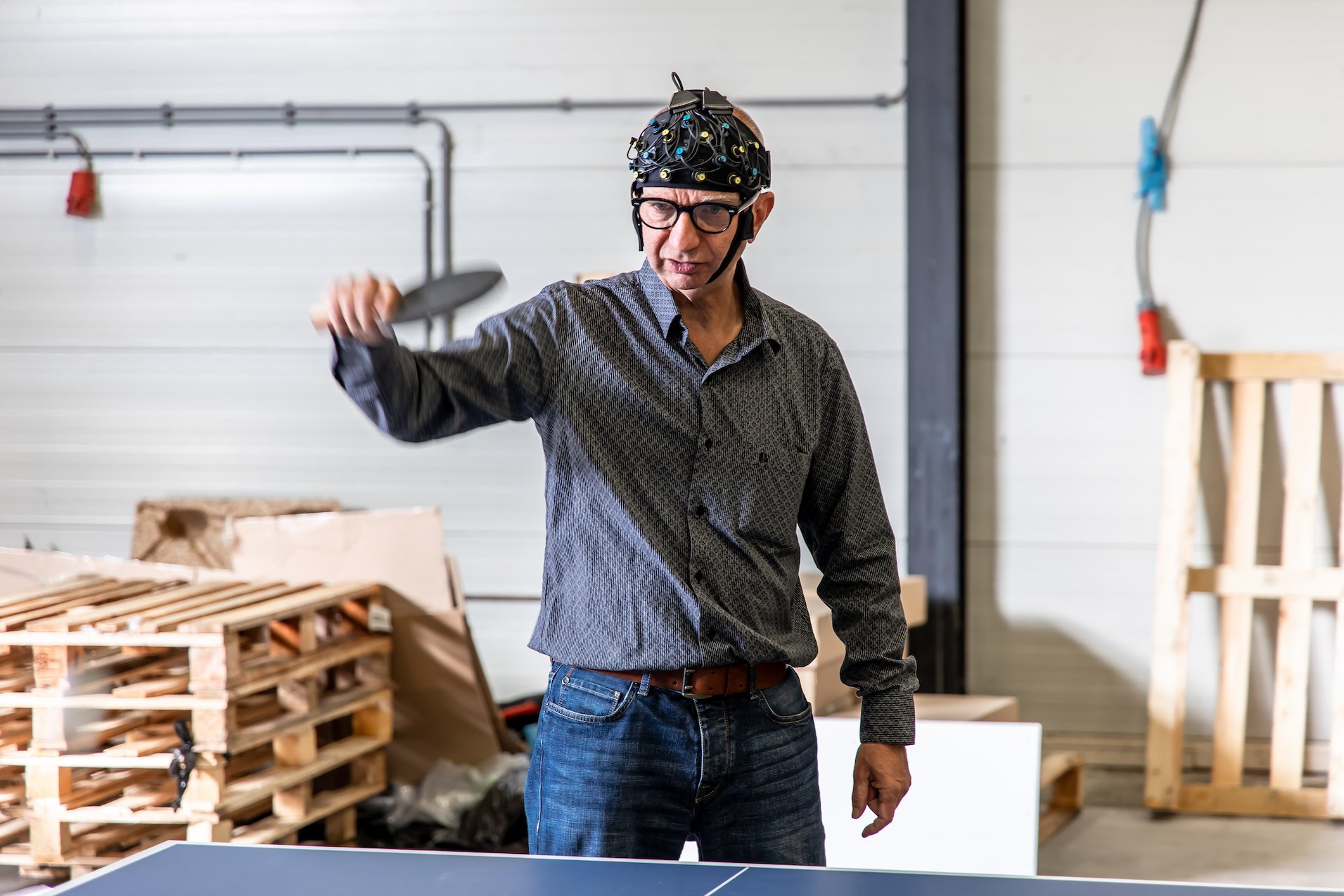
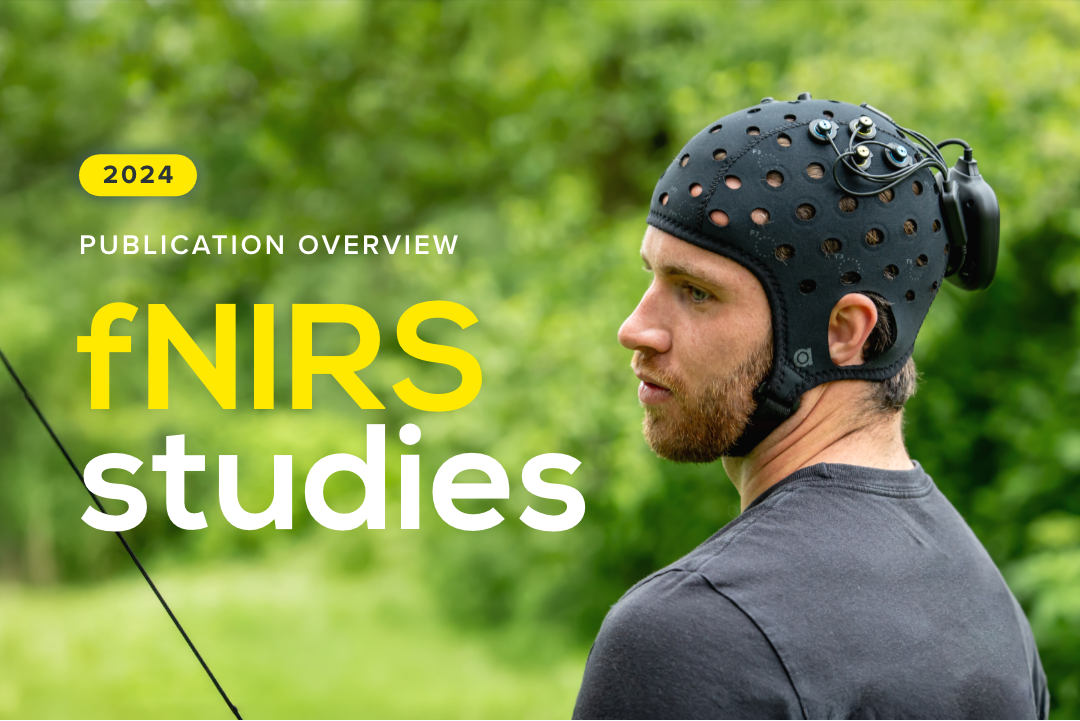
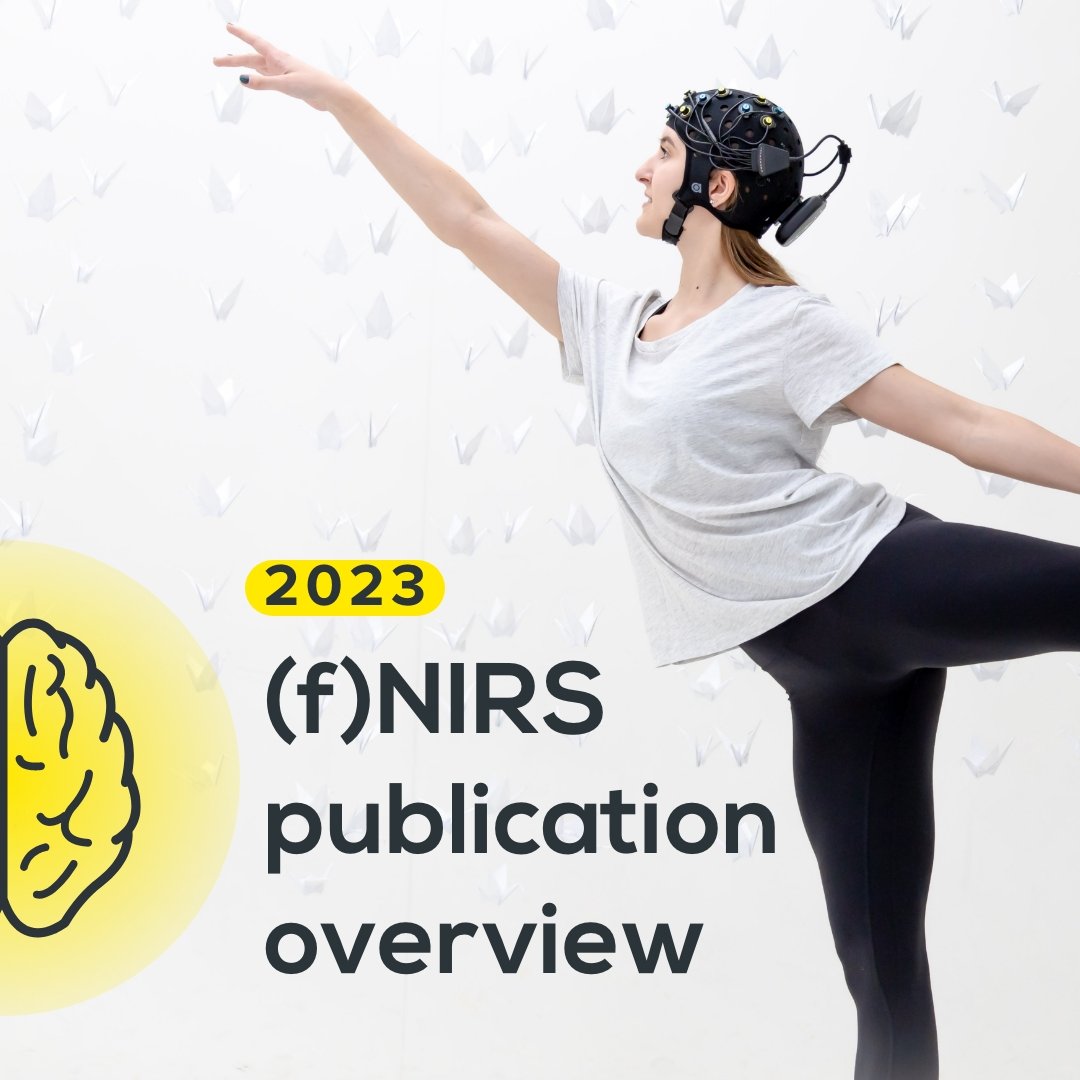
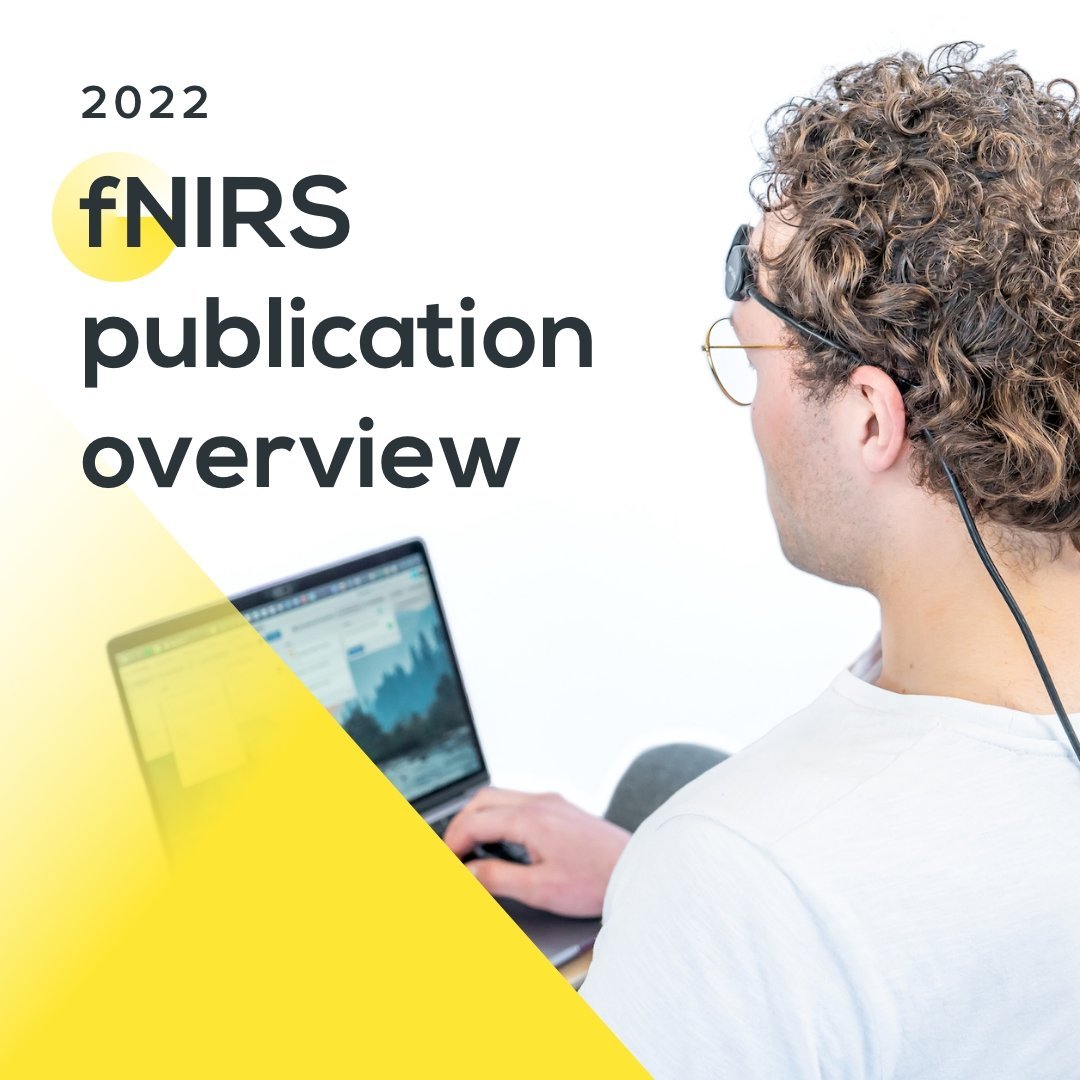
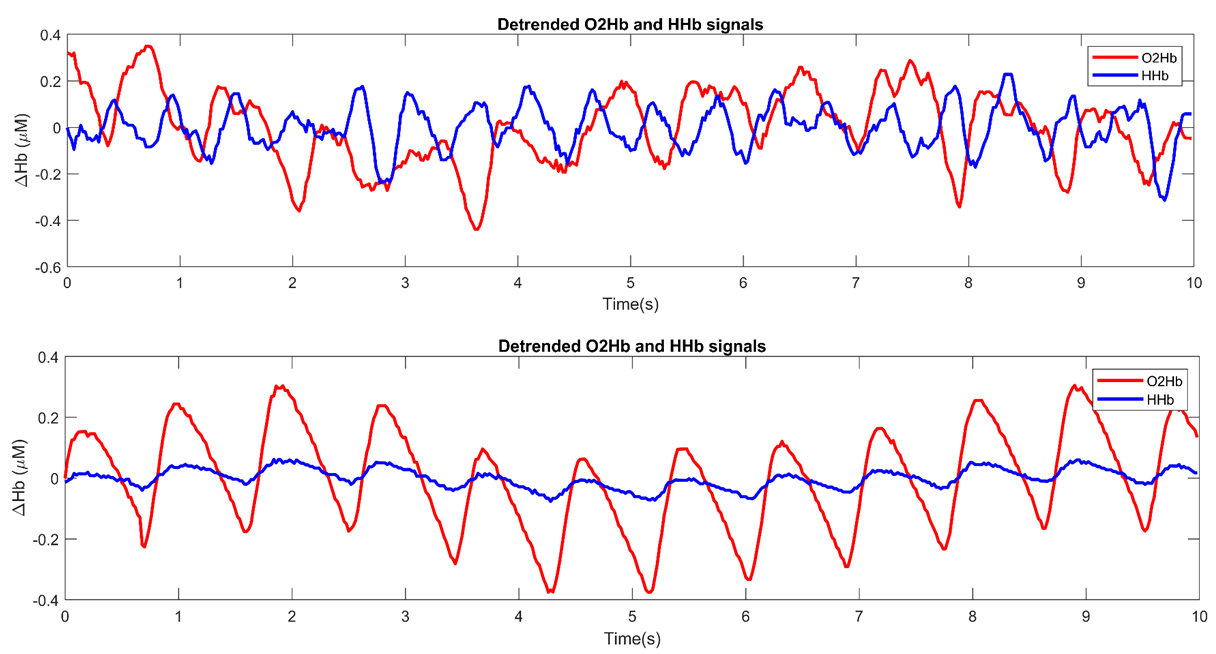
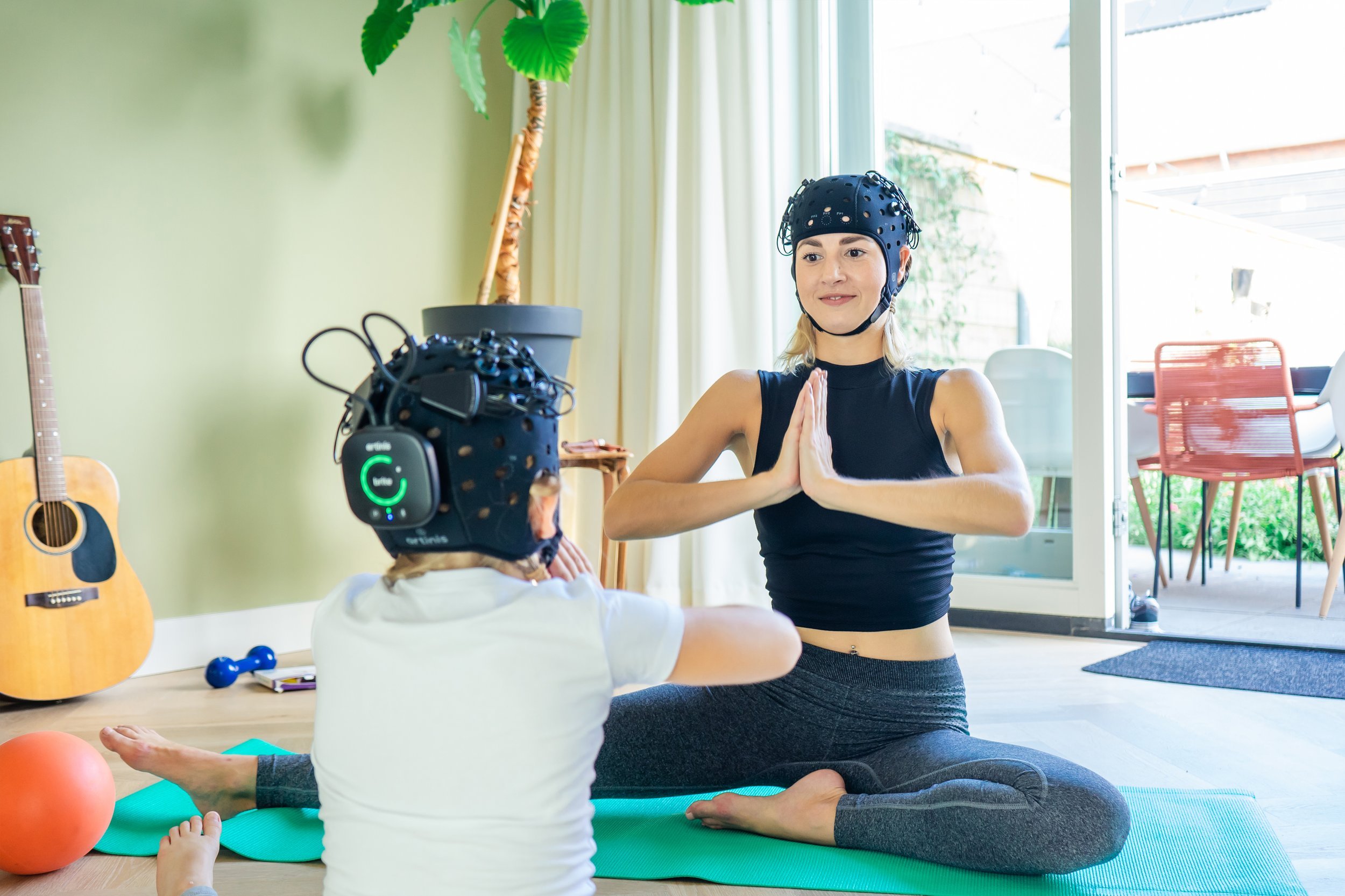
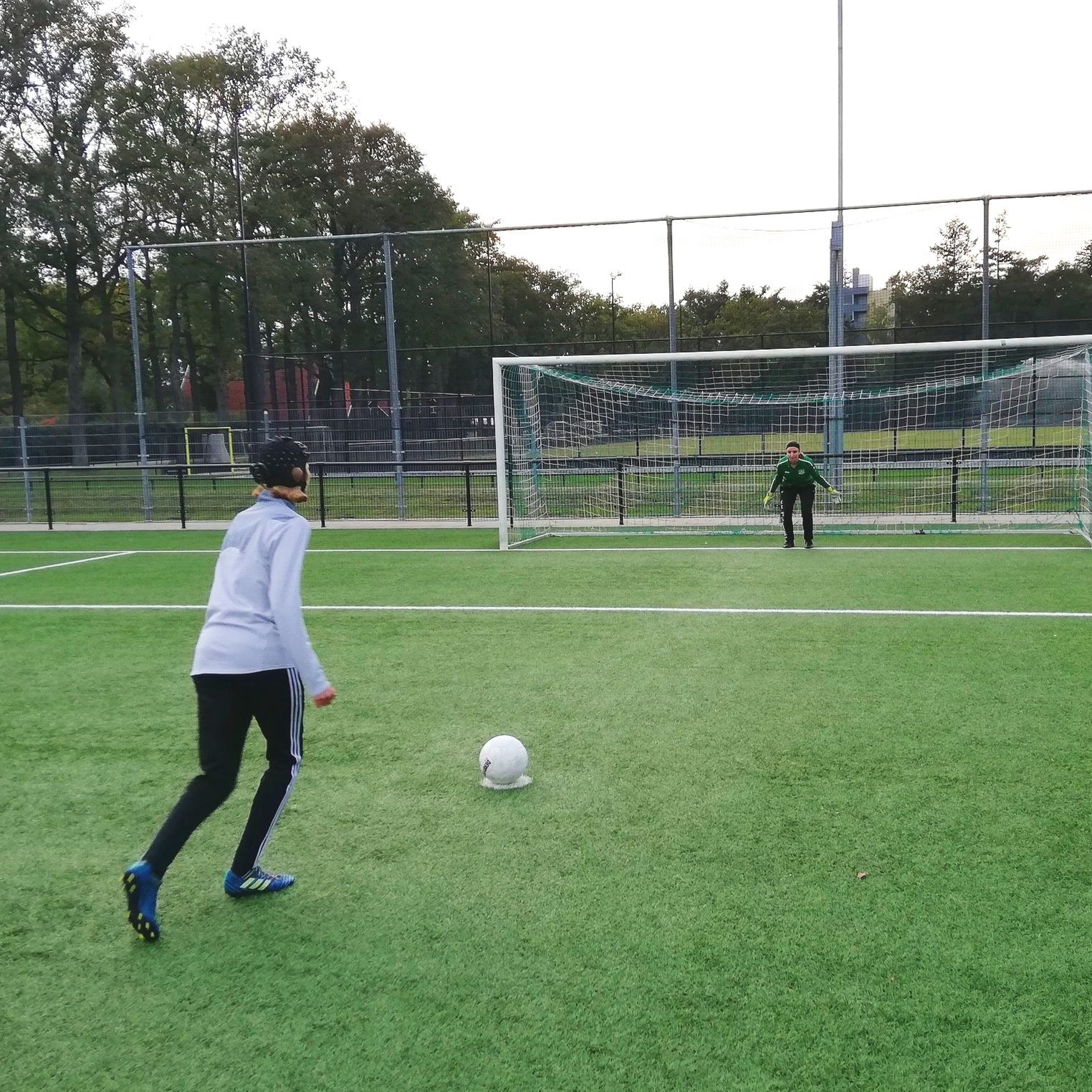
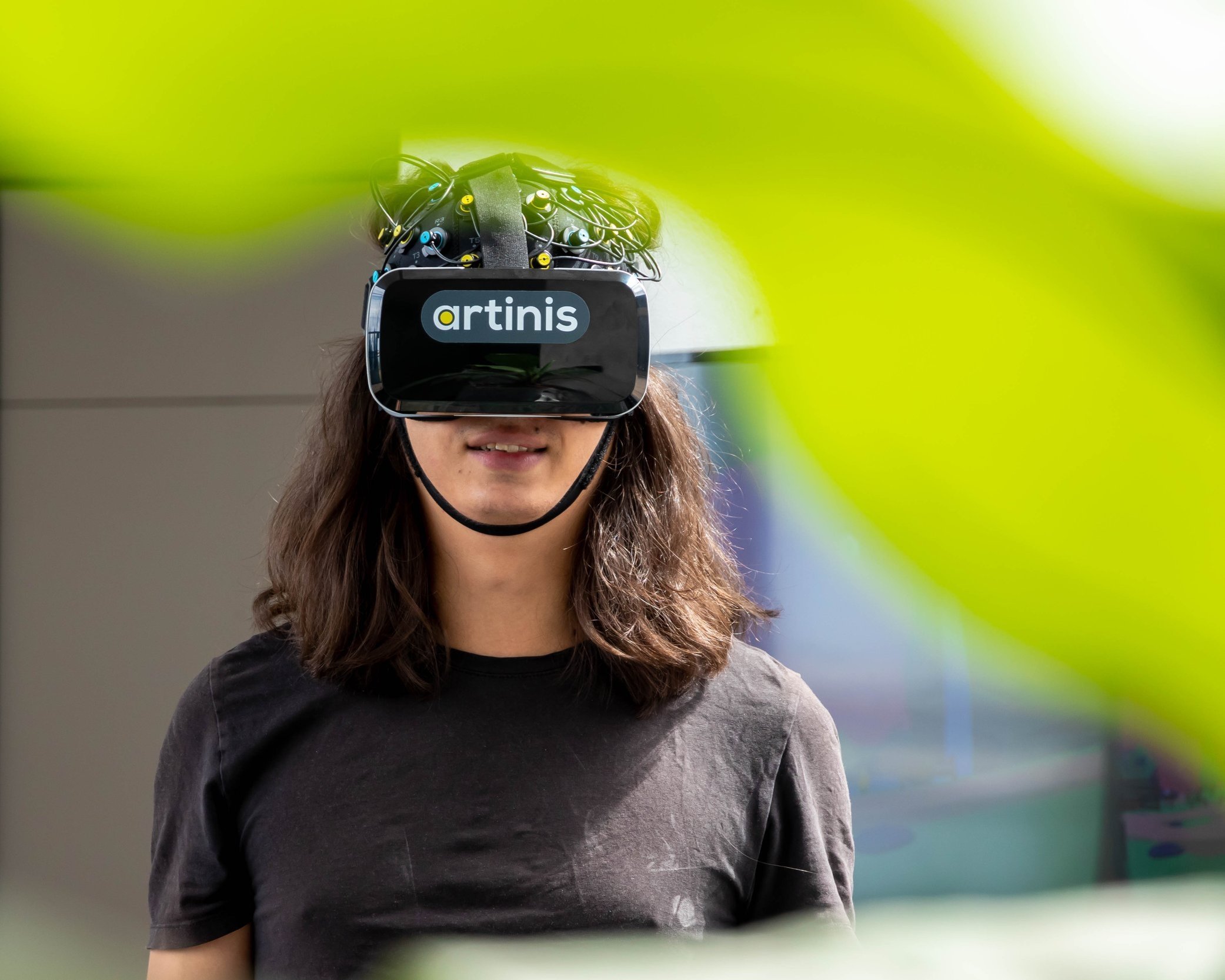
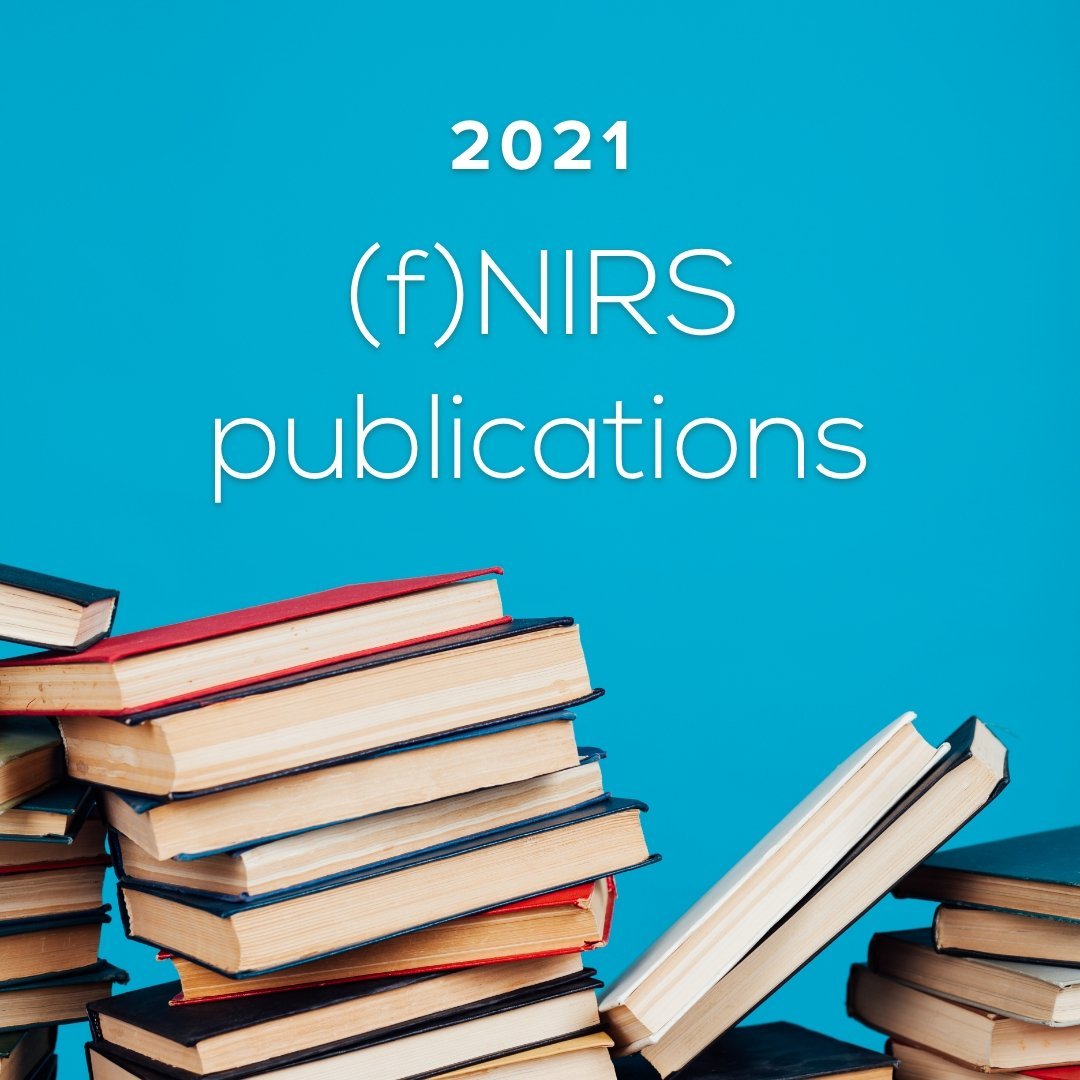
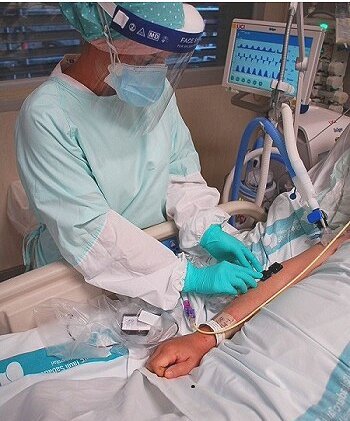
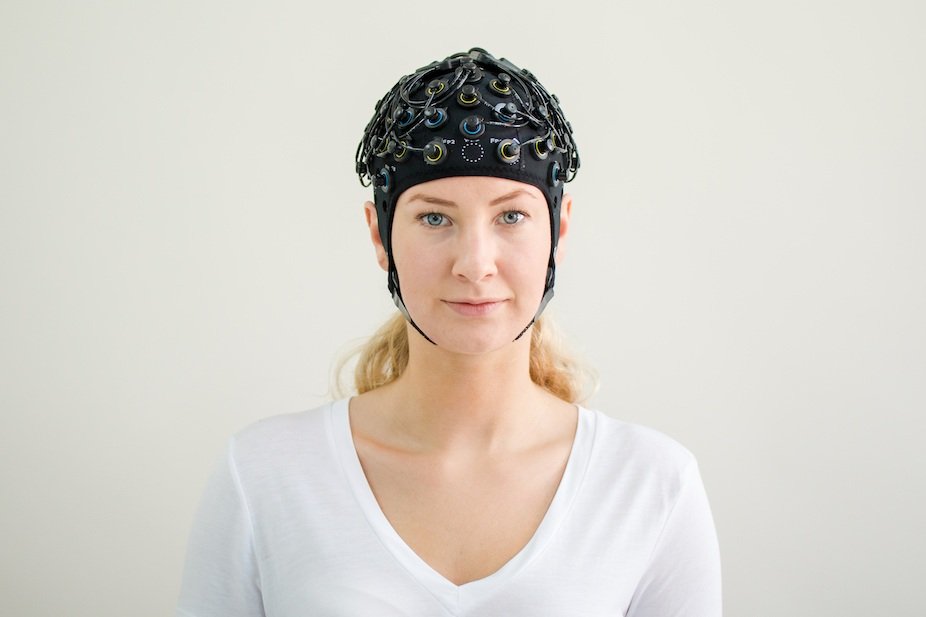

Performing research in real-world environments has been gaining importance in neuroscience. Due to its portability, ease of use, and robustness to motion, fNIRS can be perfectly used in naturalistic settings outside the lab. In this blog, we explain the various applications of fNIRS in the real world, highlight study examples, and provide an overview of the fNIRS solutions we offer to enable research in any setting and with any participant.